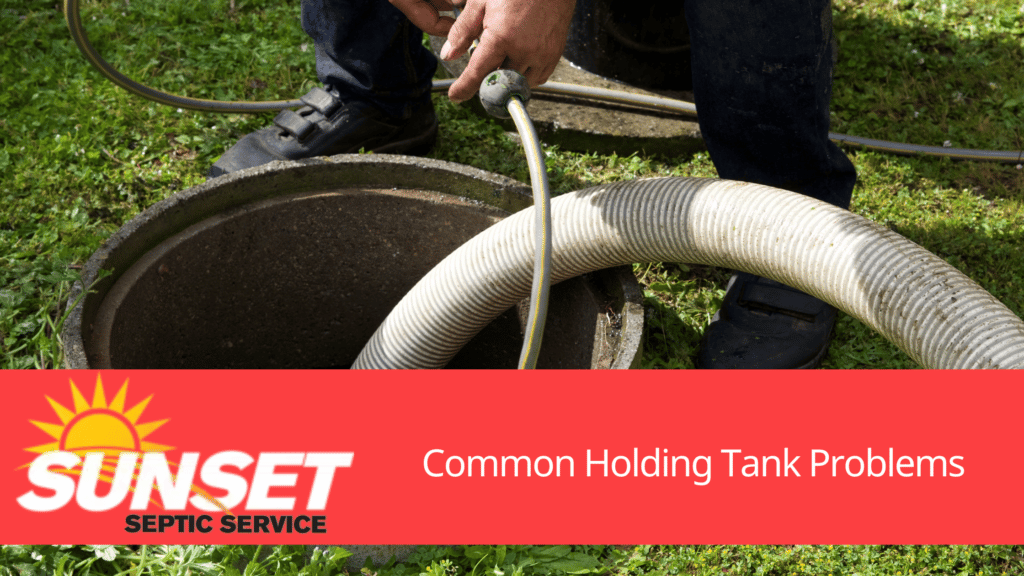With the current housing climate being what it is, many people are moving into newly purchased houses in more rural areas to escape the extremely high costs of living in urban centers. For many of these newly minted homeowners, this is their very first experience living with and being responsible for an on-site sewage system. So, whether you’re a seasoned pro at rural living or a complete beginner, it’s wise to be aware of common maintenance issues, especially holding tank problems.
Physical Damage Can Cause Holding Tank Problems
Many people think physical damage is unlikely for a sewage system since everything is underground and shielded from the elements. A thick layer of soil does wonders for protecting your system, but it is still possible for it to be damaged. Tree roots are a common culprit, especially those prone to sprawling root systems. Tree roots most commonly cause drain line issues, but they can and sometimes do breach the holding tank.
Problems arise when there is too much weight on the drain field, too. Driving over the drain field or using heavy equipment on the ground can lead to broken pipes and compacted soil, eventually compromising the entire system.
How Your Water Use Can Lead to Issues
At first blush, a sewage system may seem relatively straightforward. After all, how complicated could drain pipes, a holding tank, and a drain field be? However, the truth is that a surprising number of factors are taken into consideration when a holding tank is installed.
The system is designed to process wastewater at a specific flow rate based on the size of the home, the number of restrooms it contains, and how much water the soil is capable of processing. This means there is a limit to how much water your system can manage, and pushing it to the limit is a quick path to holding tank problems.
In addition, there are only two ways for waste and contaminated water to escape when the tank is full: flooding the drain field or backing up into the house through the drains. Avoid holding tank problems due to excess water by being mindful of habits and appliance use. For instance, it’s a good idea to avoid running the washing machine and the dishwasher at the same time someone in the house is showering.
Lack of Maintenance Will Backfire
The old axiom “out of sight, out of mind” applies to many things in life but is particularly true of a sewage system. You may not think about your system when things are humming along smoothly. Of course, you don’t want to spend your time worrying about it, but it is important to keep the longevity and functionality of your system in mind. This means committing to regular inspections and pumping to avoid holding tank problems.
Inside a holding tank, waste naturally separates into three distinct layers: a top layer of oils and grease that floats on the surface of the wastewater inside the tank and a heavy layer of solid waste and sludge that settles to the bottom. The water gradually filters through the drain field after the solids settle to the bottom. The oily waste rises to the surface, but the sludge and solid waste stay in the tank. Over time, some of it will break down thanks to beneficial bacteria, but not all of it.
When sludge fills the entire tank, water has nowhere to go and cannot be processed. This results in foul smells, potential sewage backup into your home, and a messy, expensive repair project.
Avoiding Holding Tank Problems
No one wants any major system in their home to fail, but you need to avoid the potential breakdown of your sewage system. Holding tank problems can rapidly become ones with far-reaching implications, so you want to avoid those. Sunset Septic can help you determine the condition of your system through a meticulously thorough inspection process, spotting trouble before it gets out of hand.




